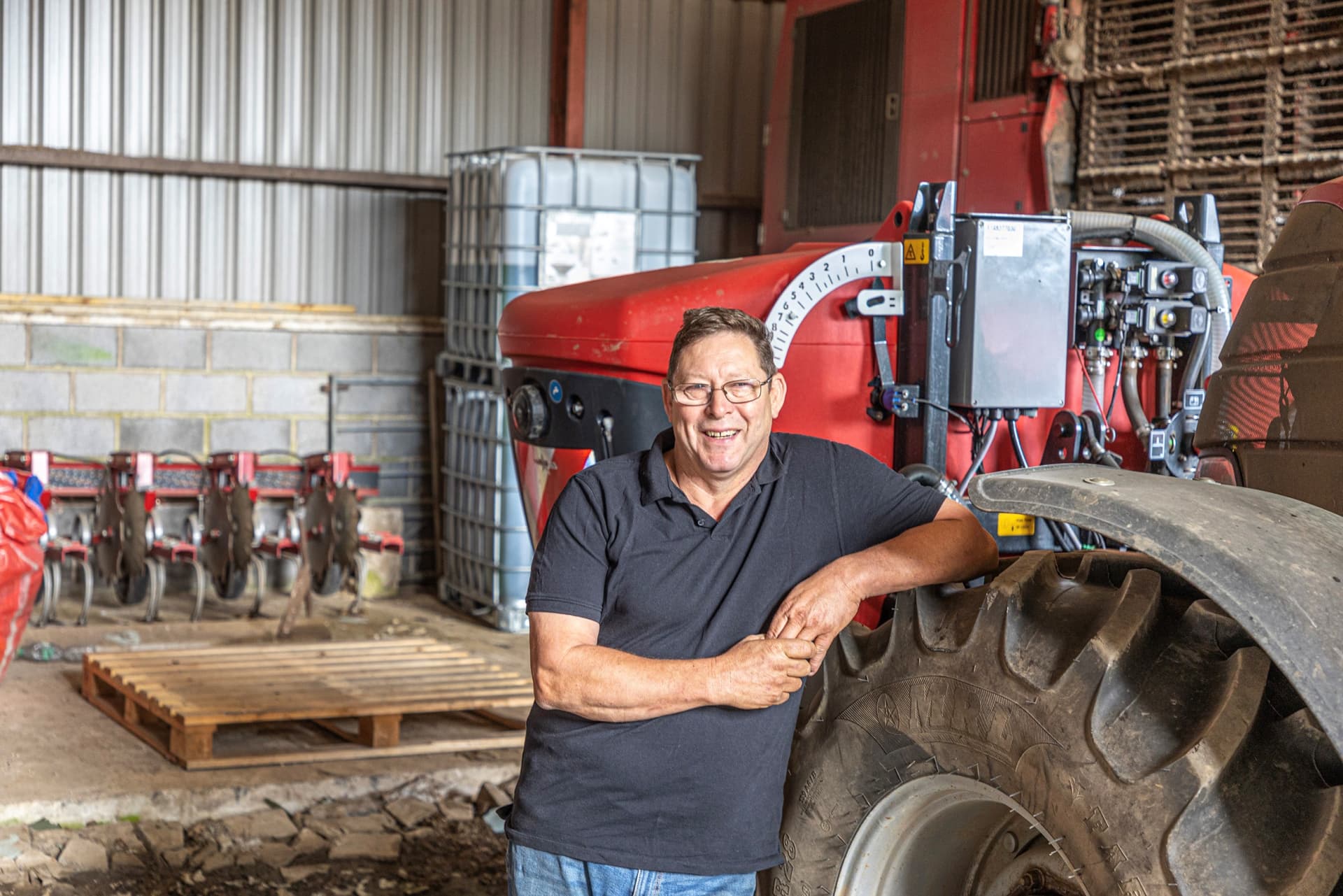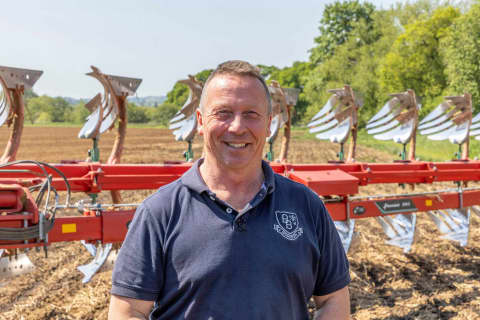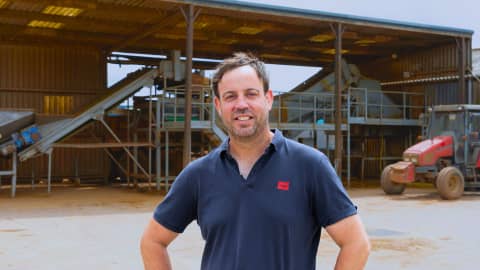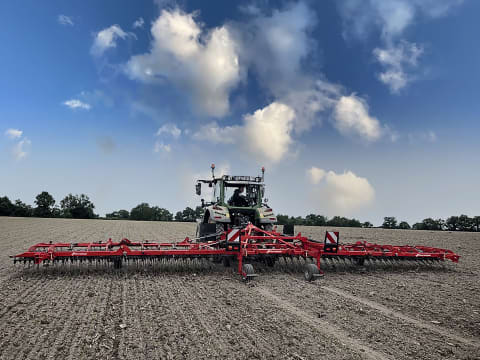“With a lot of customers now looking to get their beet off to a stronger start, I decided to replace my old 12-row Kverneland Monopill with an 18-row Kverneland Monopil that could be used in combination with a liquid fertiliser front tank,” explains Rob Todd. “And I’m pleased to say, the fields that have been given a dose of liquid compared to those spread with solid fertiliser ahead of drill are producing visibly stronger plants.” The UK-based contractor has been growing beet for over three decades, and his experience and knowledge of the crop is valued by his customers. His workload comprises planting and harvesting around 600ha of beet each year in a 30-mile radius of his base, including 30ha grown on his own farm. “Growing my own beet also gives me the option of carrying out my own small-scale field trials,” he says. “This year, I’ve sown beet with straight nitrogen and also with a mix of P and N – and the latter is currently looking the better crop.”
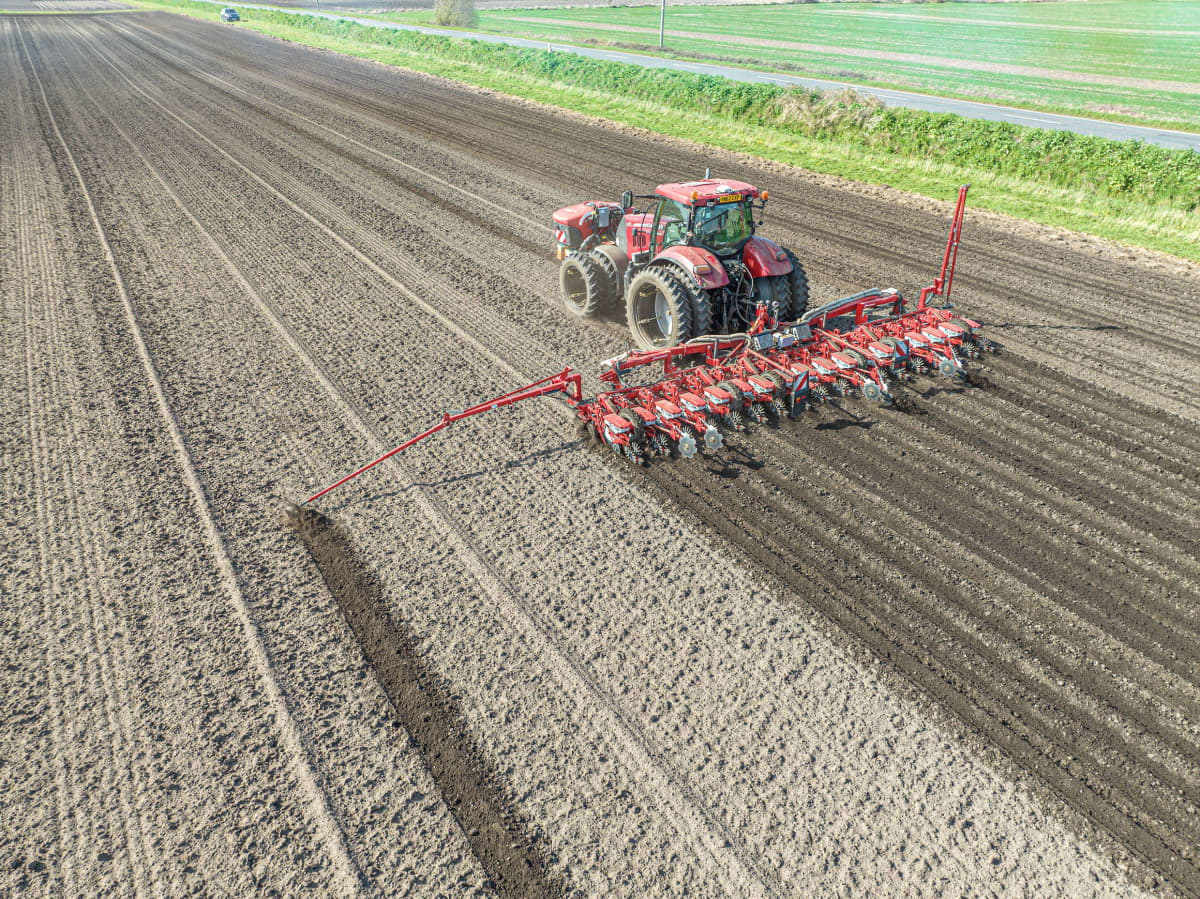
Going wider, with an 18-row folding Kverneland Monopill supplied by Farmstar, required a change of tractor this year, as Rob has always been mindful of compaction. “I’ve always favoured a small, light tractor for beet drilling, and my old Case IH CS110 was replaced by a Puma 130 for beet drilling,” he says. “I opted for Stocks row crop dual wheels all-round, to help spread the overall weight of the combination on either side of the rows.” “The Kverneland Monopill is the best precision drill out there,” he says. “The others are just too heavy. And I run mine with a mulch kit, which improves placement accuracy on a wide variety of soil types and lets me run at a higher forward speed.” Up front is a Kverneland iXtra LiFe front tank with a 1,200-litre capacity, and any time lost from filling the front tank is offset by the wider drill’s additional row units.
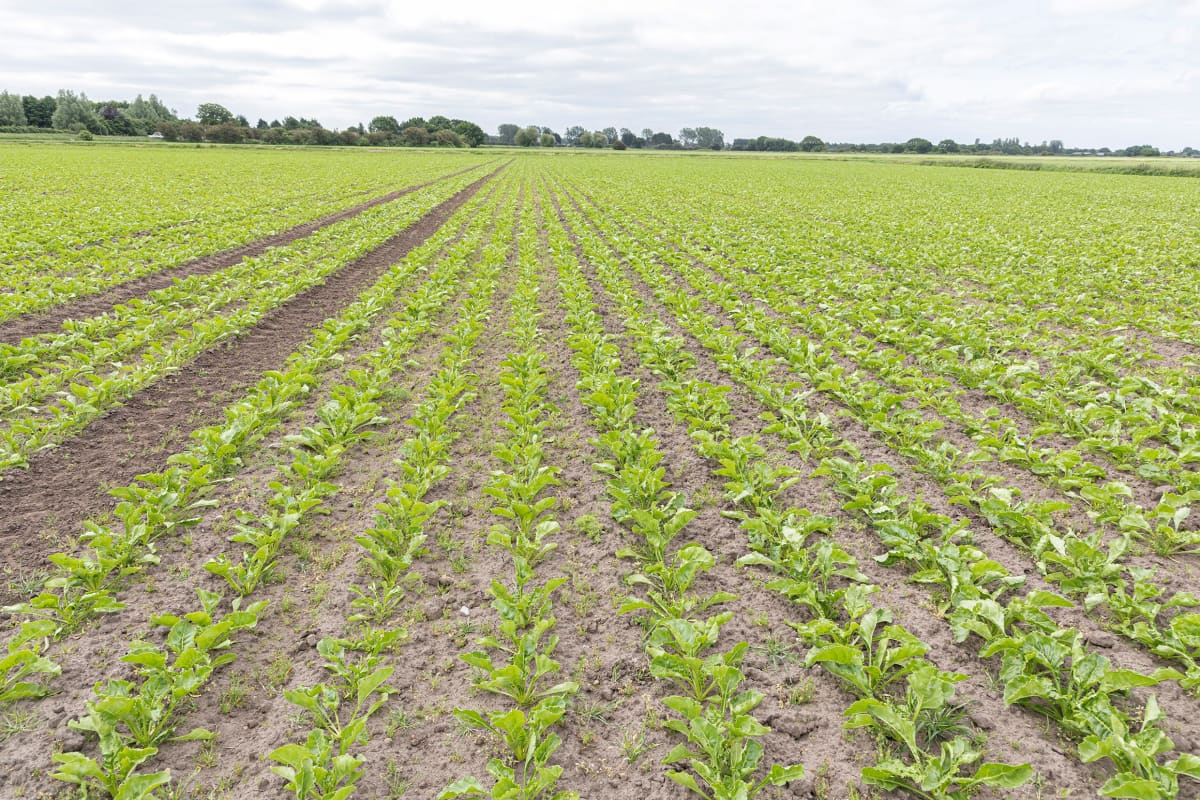
“Using the tank with the beet drill lets me apply either 100 litres or 200 litres/ha in the ground, which is immediately available for the beet seed,” says Rob. Fertiliser injection is carried out ahead of each seeding unit on a fixed frame, enabling nozzles to be changed for different application rates. “Metering is extremely accurate, and nozzles are in the right place and at the right depth,” he says. Rob says that half his customers opted for liquid fertiliser placement his year, and he is expecting a greater uptake next season, as growers seek to maximise yield potential.
“It’s going to be an interesting harvest to see how the yields compare, which could see many more of my customers requesting this approach next year,” he says.

